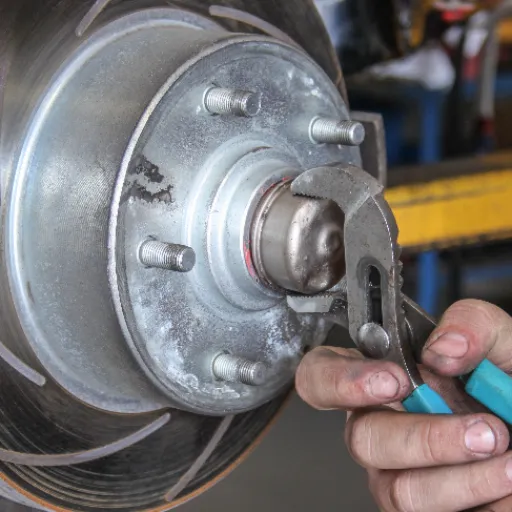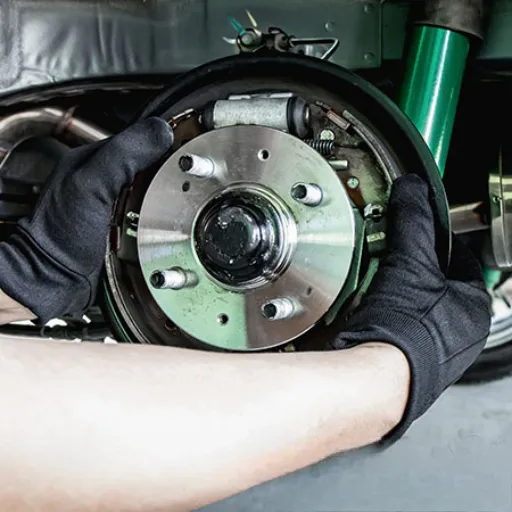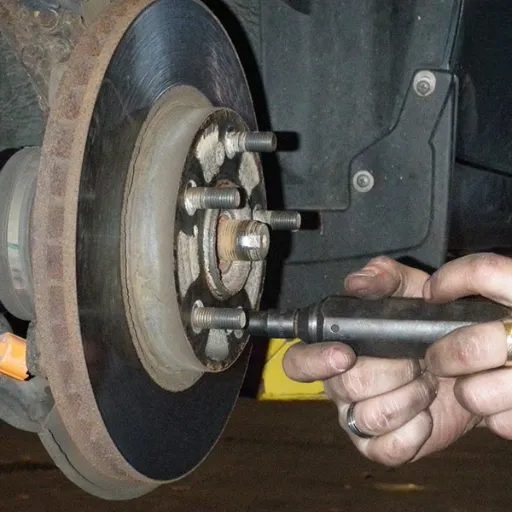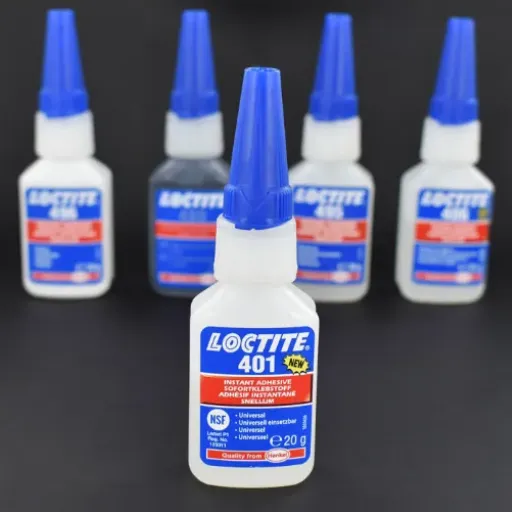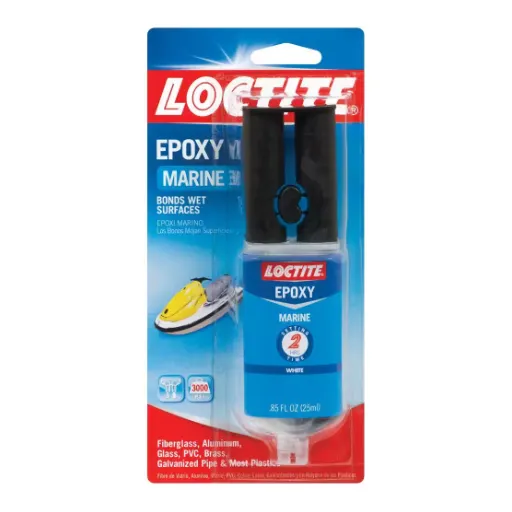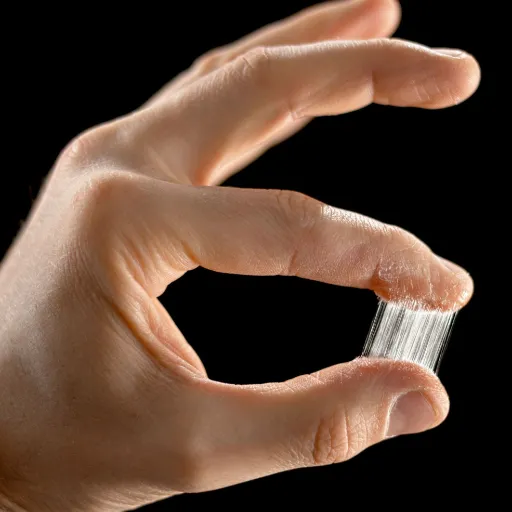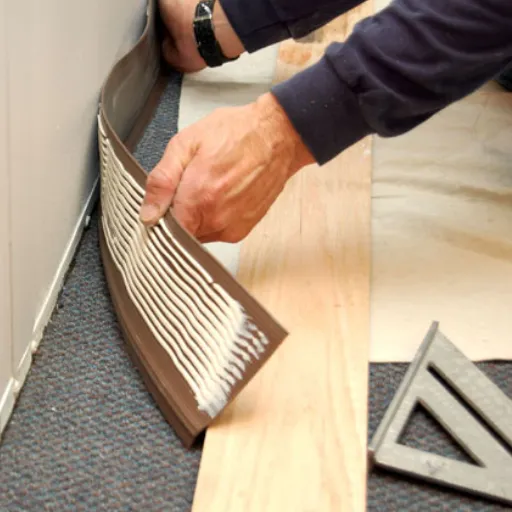When work calls for a great deal of precision and bonding needs to be particularly tight-fit, low-viscosity resins come to the rescue. Super glue is good at this, but both types of adhesive do not fare very well in adhering big gaps. However, anyone who has to opt for one of them in reality finds himself at sea concerning the reasons why super glue is better compared to this or that type of super glue. This elaborate discourse will clarify any confusion between the two types of super glue: one in liquid form and the other in gel form, providing you with the facts to inform your decision.
Understanding Super Glue
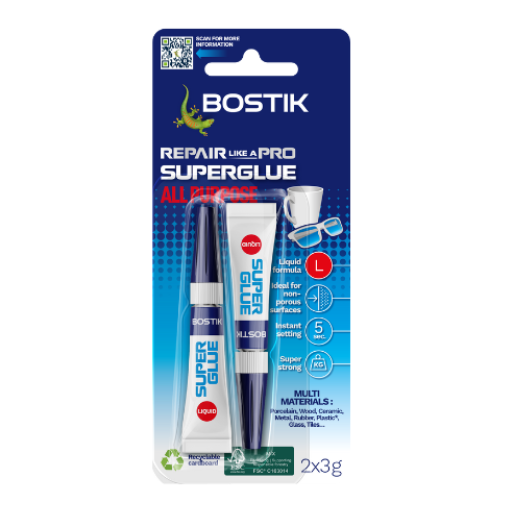
Accepted as a technical term, ‘super glue’ or cyanoacrylate, is a quick and efficient adhesive that is used for many purposes. This adhesive arises from a reaction on surfaces where moisture is present, for example, moisture that is naturally present in the atmosphere, or slight moisture on surfaces. Hence, it is particularly convenient for fixing flat or non-porous materials such as metal, plastics, silicone, ceramic materials, and more.
Key Fact: The quick drying properties of super glue saves time. It removes the need to apply heat or use any other methods to speed up the bond creation. Despite the numerous advantages of the product, it is not very applicable to highly porous surfaces, as well as to those that operate under extreme temperatures and humidity levels.
Types of Super Glue: Liquid vs Gel Comparison
| Key Parameter | Liquid Super Glue | Gel Super Glue |
|---|---|---|
| Viscosity | Thin and runny | Thick and non-dripping |
| Application Precision | Hard to control | Easier to apply precisely |
| Best for Vertical Use | Not ideal | Excellent due to non-drip formula |
| Drying Time | Dries very quickly | Slower drying, allowing adjustments |
| Suitable Surfaces | Smooth, non-porous materials | Porous and uneven surfaces |
| Gap-Filling Ability | Limited | High |
| Ideal for Repairs | Small cracks and fine details | Larger gaps requiring filling |
| Resistance to Moisture | Moderate | Better moisture resistance |
| Ease of Cleanup | Can spread and require acetone for cleanup | Easier to clean due to controlled application |
| Common Uses | Electronics, small furniture, tiny components | Heavy-duty repairs, larger models, outdoor items |
How Super Glue Works
Known for their bonding properties, cyanoacrylates bind by linking their monomers through a chain reaction, known as Anionic Polymerization. It is when the liquid glue comes into contact with moisture, such as the humidity in the air or even the water spread on surfaces, that this process begins.
The stickiness of model glues varies greatly depending on what kind of surface they stick to. For example, if the substrate is a bit porous and rough, a better strength of contact will be provided as the expansion of the contact area increases the number of voids, which can act as the substrate’s anchor.
Properties of Liquid and Gel Super Glue
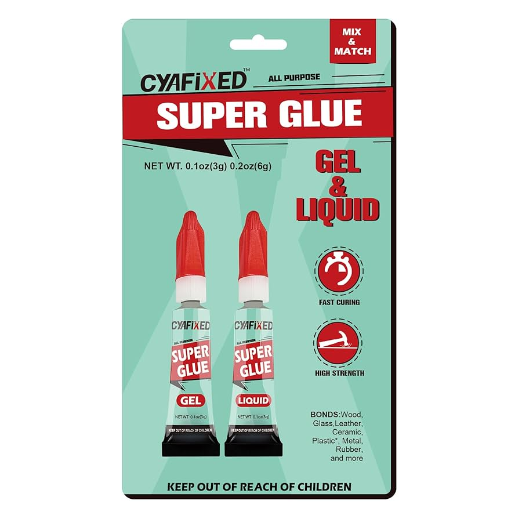
Liquid Super Glue Properties
- Viscosity: A low viscosity is an essential criterion in sealants penetrating into the smallest cracks and fissures and also thin hairlines. Most suitable for bonding close-fitting parts together.
- Curing Time: The curing rate of this adhesive is very fast, usually around 10 to 45 seconds depending upon the kind of adhesive, the material as well as the operating conditions.
- Surface Compatibility: Preferably used on non-porous surfaces such as metal, glass and plastics. Surface treatment, for example cleaning or degreasing may improve the adhesion.
- Strength: High elongation at break usually before 20% and tensile shear generally ranging from 1,500-5,000 psi depending on the mix among others.
- Temperature Resistance: May be used within range, -65°F to 200°F (-54 °C to 93°C) unless subjected to extreme stress for long periods.
Gel Super Glue Properties
- Viscosity: The viscosity of any part of such material ensures controlled application to crowding. It is perfect in use when bonding in vertical surfaces or overhead is required as it doesn’t sag.
- Curing Time: Vapour curing is typically less rapid than liquid formulations, usually 30-60 seconds for a full cure. Permits better adjustments and repositioning of components in place for bonding.
- Surface Compatibility: Works just as well on porous materials as it does on non-porous ones such as wood, fabric, and ceramics.
- Strength: There is very high shear strength usually above 3,000 psi in specific applications. Flexibility is maintained that helps prevent bond failure by shearing during minimal impact or shifting.
- Temperature Resistance: Like that of liquid super glue, this resins resistance to temperature is significant although this is shortened when exposed to high temperature momentarily.
Applications of Super Glue
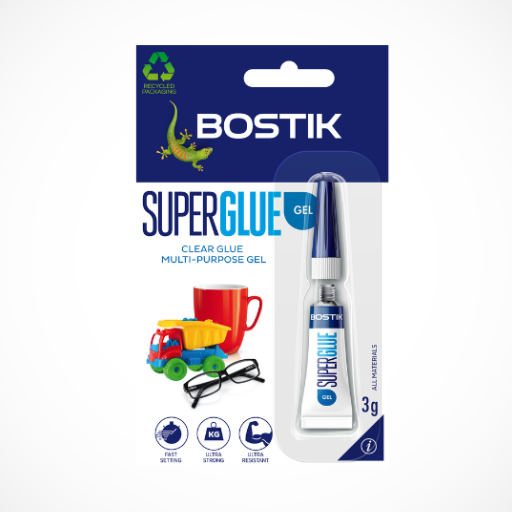
Electronics Repair
Due to its rapid and efficient application, the use of super glue is common in assembly and repair work on electronic devices. Particularly areas such as circuit repair, which involves tiny pieces of electronics whose fixing together needs to be fast and safe.
Automotive Maintenance
May be used to repair very small damages caused in the process of making dashboards, trims, and plastic parts. The range of stress which can be applied to cyanoacrylate adhesives makes them very good for emergency repairs.
Medical Applications
Cyanoacrylate adhesives have found useful application in the medical field as an alternative to sutures. They appear as a protective layer over surgical cuts and incisions as well as wounds, exhibiting bacteriostatic protection.
Woodworking
Great for mending cracks or putting together small parts when working on a wooden project, super glue gets the job done pretty quickly and is very strong. Preferred for tasks which require faster setting time compared to standard wood glue.
Construction and Assembly
Processed for bonding the surfaces of different materials in building, especially ceramics, metals, and glasses. The capabilities due to its inherent high tensile strength and resistance to certain environmental conditions make it good for structural compensations.
DIY and Crafts
Predominantly in use in art projects due to the capacity to stick to a variety of resources such as fabric, paper, plastic, and metal. The flexibility in shapes and patterns enables the adhesive to be suitable for various detailed and crafty reasons.
When to Use Each Type
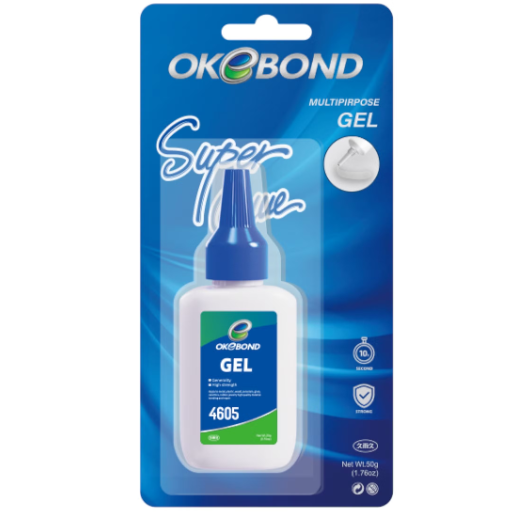
When to Use Liquid Super Glue
Buy liquid super glue if you absolutely must have a quick, tough, and fine union. The solution is perfect for metal, glass, or acrylic bonding since it can bond even by passing surfaces that do not adhere well to traditional glues. It may be easy to go around surfaces which happen to have little spaces such as cracks.
- Repair agent for things like bracelets and chandeliers which require delicate presentations with their small parts
- Quick bonding when it is not too damp and not too warm, at room temperature with some moisture in the air
- Apply as a thin layer rather than a thick layer for optimal results
- Avoid using on surfaces subject to high temperature, prolonged exposure to water, or intense shocks
When to Use Gel Super Glue
Specific applications exist that are more suited to the use of gel superglue rather than liquid superglue:
- Precision bonding which requires application of adhesive on vertical or difficult surfaces
- Bonding high quality products like electronic or precision products found on industrial production lines
- Gap filling where small gaps need to be filled effectively
- Materials such as wood, ceramics, fabrics where thin viscosity will easily penetrate the surfaces
- Applications requiring vibration resistance and maintaining joint condition
Pros and Cons
Liquid Super Glue Pros
- Endurable and common for sticking smooth and impervious surfaces
- Rapid propagation and wide utilization
- Capability to penetrate into fine crevices for precise outcomes
- Fast drying time – usually cured within seconds to minutes
- Strong initial bonding strength (1500-2000 psi)
- Clear and clean finish
Liquid Super Glue Cons
- Not advisable for rough surfaces as glue may run off
- More difficult to handle and apply when running
- May break down when left in wet conditions
- Hard to control application
Gel Super Glue Pros
- Works fine when constructing walls, less likely to drop or spread out
- Viscous substance doesn’t come off, so it is restricted during application
- Mild resistance to fatigue and vibration loads
- Non-drip formula maintains position 95% of the time
- Enhanced gap-filling capability (25% higher shear strength on uneven surfaces)
- Extended working time for adjustments
Gel Super Glue Cons
- May take slightly longer to cure compared to liquid formulas
- Often proves inefficient in very narrow or closed spaces
- Can exhibit decreased strength when exposed to extreme temperatures
- Less effective for prolonged water exposure
Tips for Using Super Glue Effectively
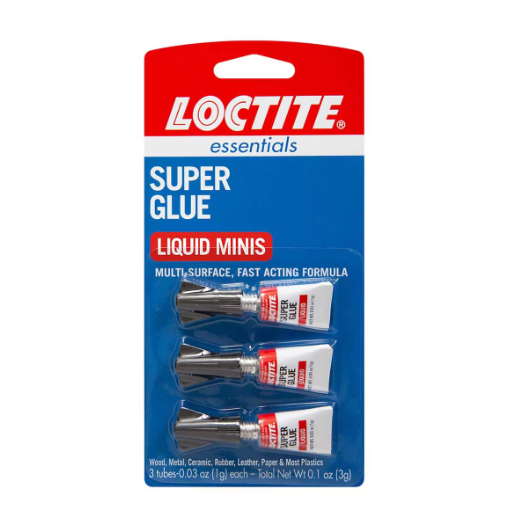
General Tips
- Prepare the Surface: Make sure all surfaces have been wiped of any dust or grease, thoroughly dried and ready for best adhesion. Use isopropyl alcohol if needed.
- Apply Sparingly: Super glue bonding would be maximal with a thin even layer of adhesive. Superfluous glue will reduce bonding strength.
- Align Carefully: Place the pieces accurately before applying light pressure since instant adhesive sets fast and doesn’t offer much adjustment time.
- Clamp for Strength: Use force or a clamp for maximum adhesion, holding together for at least 30 seconds.
- Store Properly: Cover the opened container and place in a well-ventilated environment to maintain adhesive quality.
- Avoid Skin Contact: Use gloves or applicators to prevent accidental bonding to skin.
Best Practices for Liquid Super Glue
- Surface Preparation: Clean surfaces with isopropyl alcohol to remove contamination
- Curing Conditions: Maintain humidity between 40-60% for optimal curing
- Application Amount: Use minimal adhesive for maximum strength and neat appearance
- Material Compatibility: Prefer metal, plastics, and rubber surfaces for permanent bonding
- Shelf Life Awareness: Avoid using damaged or old glues as properties deteriorate over time
Best Practices for Gel Super Glue
- Application Temperature: Maintain temperature between 50°F–85°F (10°C–30°C) for optimal results
- Surface Preparation: Clean with appropriate solvents and lightly rough glossy surfaces
- Curing Time and Pressure: Use clamping while curing; complete cure may take up to 24 hours
- Storage Recommendations: Store in well-ventilated area with controlled humidity
- Safety Considerations: Use in ventilated areas and wear nitrile gloves to prevent skin contact
Reference Sources
-
Sensors & Diagnostics
- Key Findings: Discusses the adhesive strength of super glue and its impact on gel viscosity and elasticity.
- Read more
-
Experimental Investigation of Fatigue Behavior in Fiber-Reinforced Composites
- Key Findings: Uses Loctite Super Glue 3 Gel adhesive for bonding in fatigue tests.
- Read more
-
Nanostructured Bioaerogels for Pollution Control
- Key Findings: Explores gel processes and their applications in pollution control.
- Read more
Frequently Asked Questions (FAQs)
Q: What is the difference between super glue gel and liquid super glue?
Q: Is Gorilla super glue gel better than liquid?
Q: Can super glue gel be used for plastic?
Q: How do I apply super glue for vertical projects?
Q: What should I do if I accidentally spill super glue?
Conclusion
Choosing between liquid and gel super glue depends entirely on your specific application needs. Liquid super glue excels in precision work requiring quick bonds on smooth, non-porous surfaces, while gel super glue provides superior control and gap-filling capabilities for more challenging applications. Understanding the properties, advantages, and best practices for each type ensures you’ll achieve optimal bonding results for any project, whether it’s delicate electronics repair or heavy-duty construction work.







